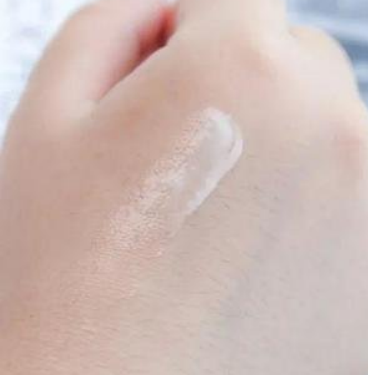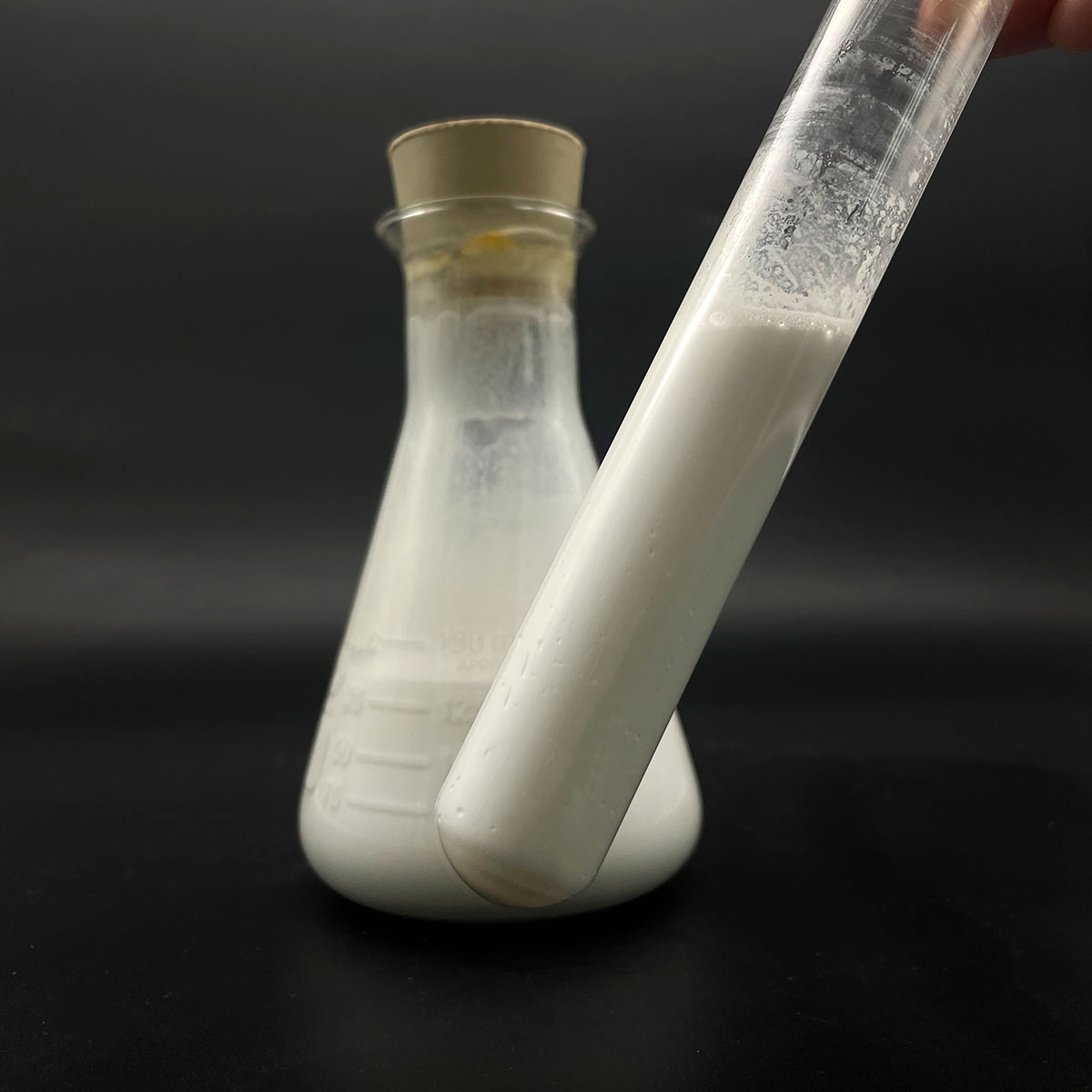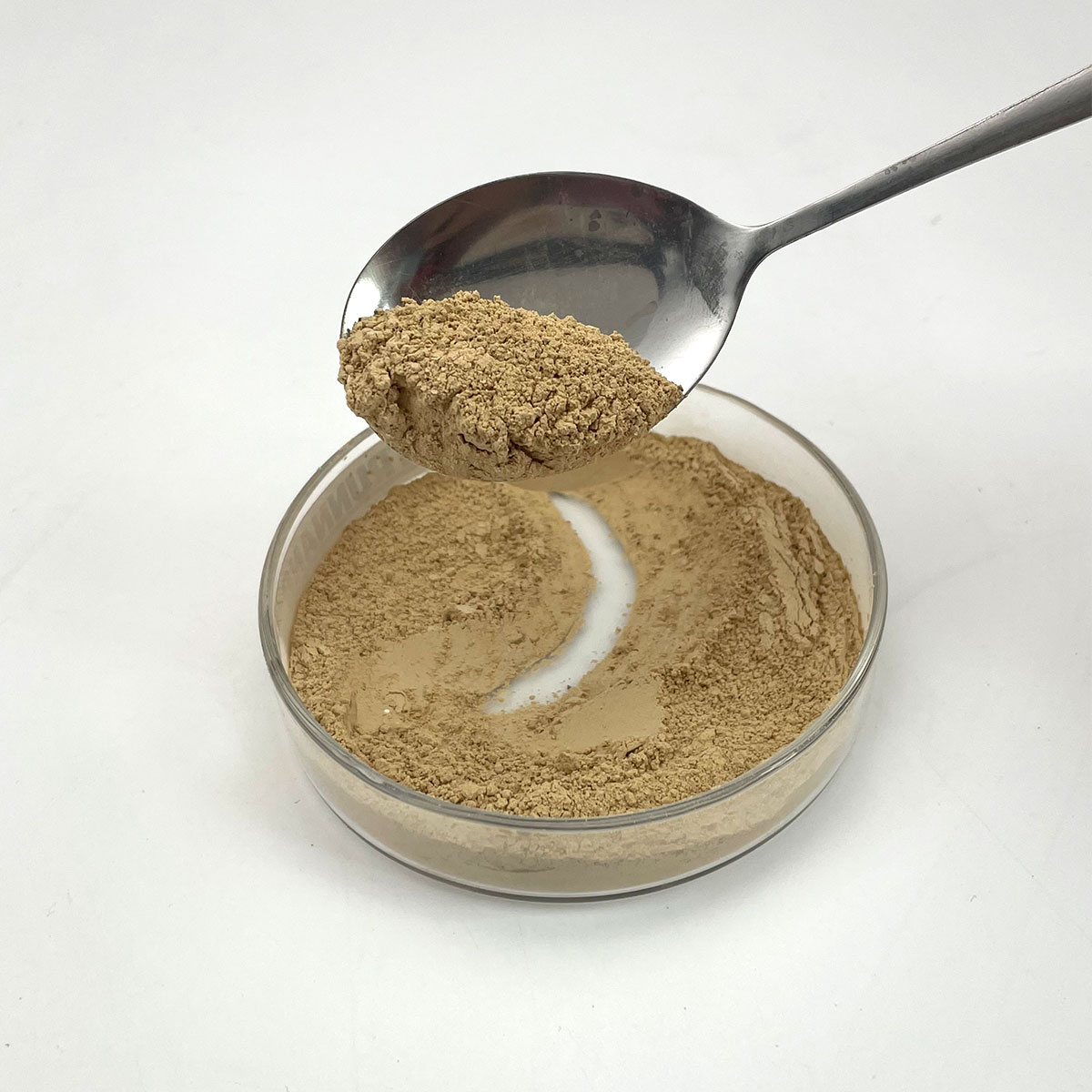1. Introduction
Just 24 hours ago, a viral TikTok video claimed that ‘SLS in your toothpaste is melting your gums’—sparking a 300% spike in Google searches for ‘sodium lauryl sulfate dangers.’ While your gums are probably fine (unless you’re brushing with drain cleaner), the confusion around SLS is real. So let’s lather up some facts and rinse away the myths.

Sodium lauryl sulfate—also known as sodium dodecyl sulfate, SLS, or even natrium lauryl sulfate in some corners of the globe—is one of the most widely used surfactants on Earth. But what exactly is a surfactant? In simple terms, it’s a molecule that reduces surface tension, helping water mix with oil and dirt so they can be washed away. Think of it as the ultimate peacekeeper between oil and water.
2. What Is Sodium Lauryl Sulfate?
Sodium lauryl sulfate (SLS) is an anionic surfactant derived from lauryl alcohol (often sourced from coconut or palm kernel oil). Its chemical formula is C12H25SO4Na, and yes, it’s the same compound whether you call it sodium lauryl sulfate, sodium dodecyl sulfate, or sls sodium lauryl sulfate. Despite the many aliases—including na lauryl sulfate or lauryl sulfate—it’s always the same bubbly, foaming workhorse.
SLS is prized for its powerful cleansing and foaming abilities, which is why it shows up in everything from shampoos and toothpastes to industrial cleaners and even some herbicides. Speaking of which, sodium lauryl sulfate for sale is a hot commodity in both cosmetic and agricultural markets—sometimes even used as a surfactant for weed killer or a lawn wetting agent.
3. How Does SLS Compare to Other Surfactants?
Not all surfactants are created equal. They fall into four main categories: anionic, cationic, non-ionic, and amphoteric. SLS is firmly in the anionic camp—meaning it carries a negative charge in water. Other common anionic surfactants include sodium laureth sulfate (also called sodium lauryl ether sulfate or sodium lauryl ether sulphate), ammonium lauryl sulfate, and sodium dodecylbenzene sulfonate.

Then there’s sodium laureth sulfate (SLES)—often confused with SLS. While both foam like crazy, SLES is ethoxylated (treated with ethylene oxide), making it milder on the skin. That’s why you’ll see ‘sls sodium laureth sulfate’ listed together on labels—but they’re not the same thing. Laureth, laureth sulphate, sulphate laureth sulfate—same family, different personalities.
On the gentler side, you’ve got alternatives like alkyl polyglucoside, decyl glucoside, coco glucoside, and sodium cocoyl glutamate. These are bio surfactants—often derived from sugar and coconut—and are popular in ‘sulfate-free’ products. Others like sodium lauroyl sarcosinate, sodium cocoyl isethionate, and sodium lauroyl methyl isethionate offer rich lather without the sting.
4. The Great Surfactant Lineup: Who’s Who?
- Anionic surfactants: SLS, SLES, ammonium lauryl sulphate, sodium coco sulfate (aka coco sodium sulfate)
- Cationic surfactants: cetyl trimethyl ammonium bromide (CTAB), cetyltrimethylammonium bromide—often used in conditioners for their anti-static properties
- Non-ionic surfactants: polysorbate 80, span80, pluronic 127, poloxamer 188, ethoxylated alcohol—great emulsifiers with no charge
- Amphoteric surfactants: cocamidopropyl betaine (also called coco betaine, amidopropyl betaine, or cocamido)—mild, foam-boosting, and pH-flexible
And don’t forget niche players like sodium deoxycholate, sodium oleate, lignin sulfonate (used in agrochemicals), and even fluoro surfactants for high-performance applications. Meanwhile, methylated seed oil and copper 1 bromide? Not surfactants—despite what some DIY herbicide forums claim.

5. Is SLS Safe—or Should You Ditch It?
Here’s the tea: SLS isn’t toxic in normal use, but it can be irritating—especially at high concentrations or on sensitive skin. That’s why many formulators pair it with amphoteric surfactants like cocamidopropyl betaine to reduce irritation. The ‘SLS-free’ trend isn’t about danger; it’s about comfort.
Regulatory bodies like the FDA and EU Cosmetics Regulation consider SLS safe in rinse-off products at typical concentrations (usually under 1–2%). And no, it doesn’t cause cancer—despite persistent internet rumors. That said, if your face stings after using a foaming cleanser, maybe skip the sls sulfate and try something with coco amido propyl betaine instead.
In agriculture, SLS is sometimes used as a surfactant for herbicides because it helps the active ingredients stick to waxy plant leaves. But newer formulations often prefer nonionic surfactants or bio surfactants for better environmental profiles.
6. Where to Find SLS—and What to Watch For
Looking for sodium lauryl sulfate for sale? It’s available from chemical suppliers like Rohit Surfactants Private Limited and many others worldwide. But always check the INCI name—some products misleadingly list ‘coconut-derived surfactant’ when they still contain SLS.
Also, beware of naming tricks: ‘sodium laureth’ isn’t SLS, and ‘laureth sulfate’ is SLES. And while ‘sls sodium’ might sound redundant, it’s just marketing shorthand. Bottom line: read labels like a detective.
7. Conclusion
Sodium lauryl sulfate isn’t the villain pop culture paints it to be—but it’s not for everyone. Whether you’re formulating shampoo, mixing weed killer, or just trying to avoid redness after washing your face, understanding surfactants like SLS, SLES, alkyl polyglucoside, and cocamidopropyl betaine puts you in control. So next time someone says ‘SLS melts your skin,’ you’ll know: it just makes really good bubbles.
Our Website founded on October 17, 2012, is a high-tech enterprise committed to the research and development, production, processing, sales and technical services of ceramic relative materials such as Stop. Our products includes but not limited to Boron Carbide Ceramic Products, Boron Nitride Ceramic Products, Silicon Carbide Ceramic Products, Silicon Nitride Ceramic Products, Zirconium Dioxide Ceramic Products, etc. If you are interested, please feel free to contact us.


